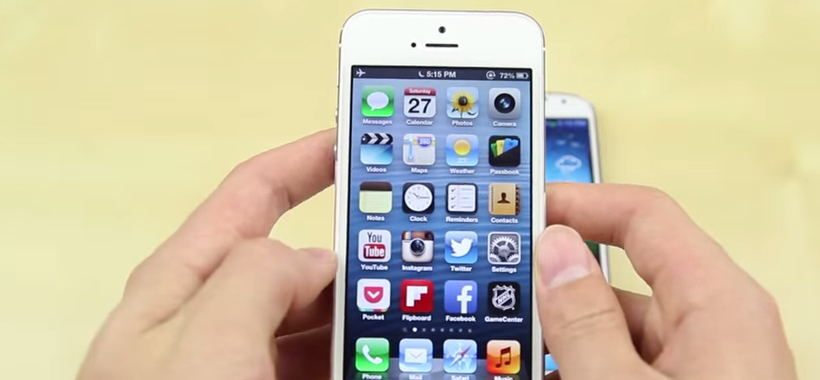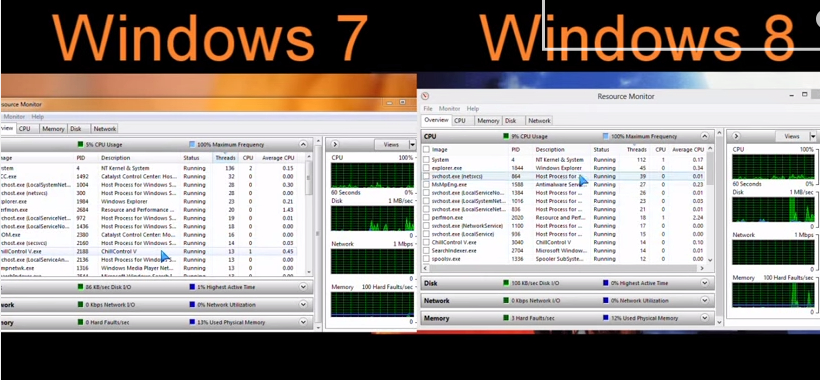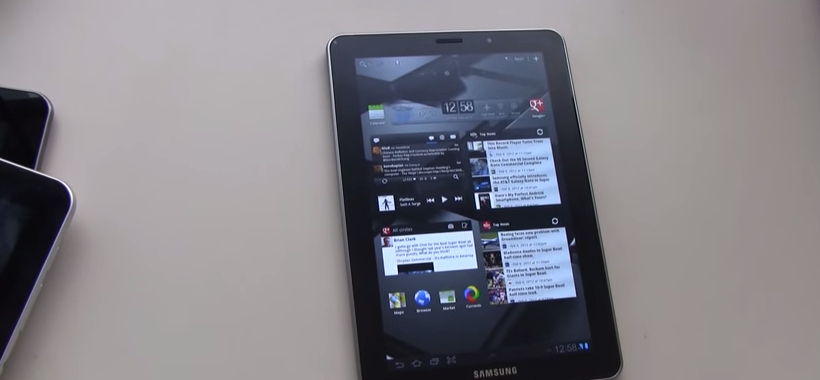A few years ago no one really cared about the quality of the image we were getting on our screens, we were all just incredibly thankful that we actually had a screen to look at and that it was even possible to broadcast images like that – it was an incredible technology and at the beginning, we didn’t even have colors on our images.
Evolution of Video Quality
Thanks have evolved so much that we now have incredibly high quality videos out there and we keep on taking steps forward. So much so that some people now believe that we went too far with the quality of our videos and that we are now beating the limits of the human eye. This means that even though we have incredibly amazing image quality on our TV’s, we won’t be able to tell because our eyes have their limits.
This is, of course, what some people believe, while other actually believe that we haven’t peaked at all and that we still haven’t reached a resolution so good our eyes can’t see it. This debate sparked due to the coming on a new technology, the Ultra HD. Ultra HD actually went beyond the maximum capacity of HD which was 1080p, and now the 4K and the 8K are out there.
What Are the Differences Between 1080P and 4K?
In this article we are looking at the differences between the top of Full HD (1080p) and the bottom of Ultra HD (4K) so that we can understand whether or not the real difference can be felt, and if a UHD TV is actually worth it by now.
When the first UHD TV’s were launched into the market, both Sony and LG placed them for sale at around $ 30,000. This was clearly a high-end market that only incredibly rich people were going to exploit, but not to wonder. 4K TV’s were actually displaying an image four times better than the “old” 1080p TV’s. This incredible price didn’t last too long and, soon enough, the price of a 4K TV is now at $ 1,000, but the best ones when we look at price and quality and compare them, are sitting at around $ 3,000.
4K was originally designed to improve the 3D experience in the home of every person who would own such a TV. 3D renders two images and mixes their light together to create the 3D effect, but this lowers the quality of the image in half. As such, 4K would still render a 3D experience with better image quality than 1080p.
Is the Price Right?
Right now, we believe that the incredibly huge price that 4K TV’s have isn’t really worth the amount of money, not because of the lack of quality – the quality in them is amazing. But rather due to the lack of content available in 4K. It is an incredibly recent technology and, as such, there is still not a lot of content out there. Companies such as YouTube and Netflix are creating content on this amazing quality but it is still going to take its time. Soon enough, the price of these TV’s is going to go down, and the amount of content available is going to come up, so later on they will be well worth it.
People say that a 4K TV is worthless because your eyes can’t perceive the difference unless you are glued to the TV, but tests suggest otherwise. According to some TV experts, as long as you have a big TV from 55 inches and above, you are going to be able to see the difference between 1080p and 4K when it comes to fine detail. This sets a new trend in the world of televisions, since they are going to get bigger and bigger.
Smaller televisions are actually not going to have a difference in the quality between 1080p and 4K due to the fact that their pixels are all mashed up together and, as such, you will never be able to tell the difference between one and the other on smaller televisions. When it comes to quality, the bigger the better.
The distance a person needs to be at from a 4K TV to see the best possible image is now also relevant. With 1080p TV’s you just sat wherever you were comfortable and watched the TV, the quality was still going to be the same, but now things have changed. From a 65 inch TV, the best possible distance is around 1,5m in order for you to get the best possible quality out of your expensive TV. The larger thee TV, the bigger the distance, so it is still a technology for the rich, since people with a small house and a small TV are going to have a bad time operating this way.
Soon enough, it is expected that 1080p TV’s are going to be left alone in their own corner just like any old technology, and that 4K TV’s start hitting the market big time. The technology is still fairly recent and as such, the amount of content available at this quality is still going to be increasing. It is also possible to improve the old classics of the cinema so that they resemble this quality as well, meaning that the classics are going to get better and better with the passage of time.
While HDMI connectivity was enough for 1080p resolution screens, now there is a new type of HDMI coming in for the 4K resolution screens: HDMI 2.0.






















